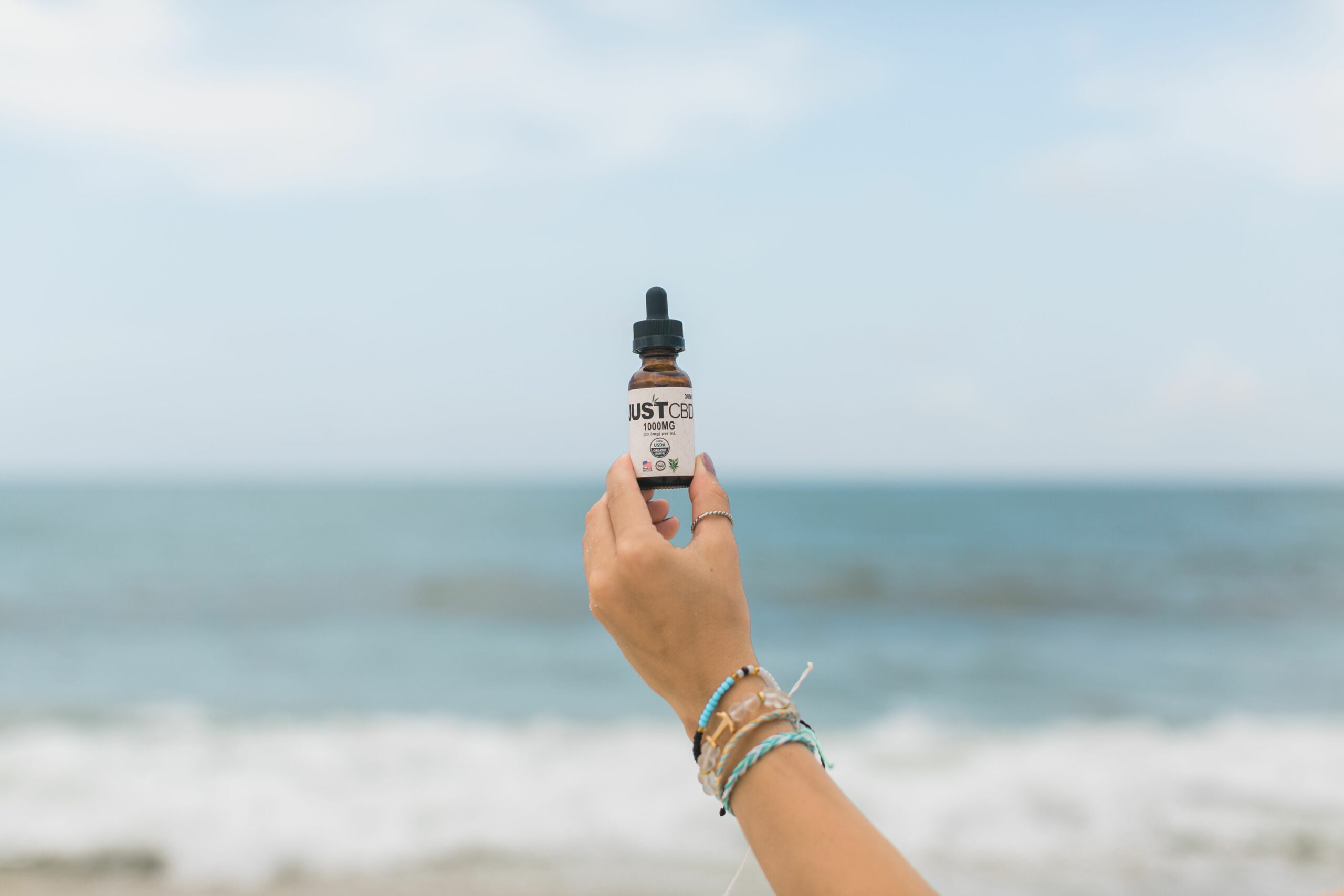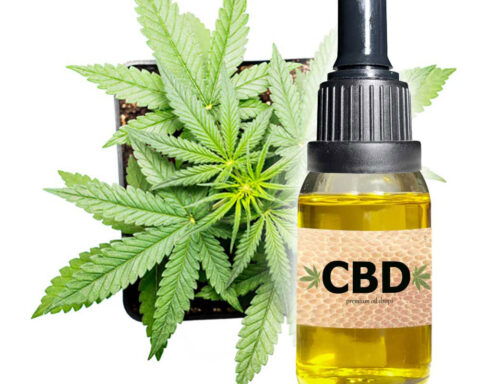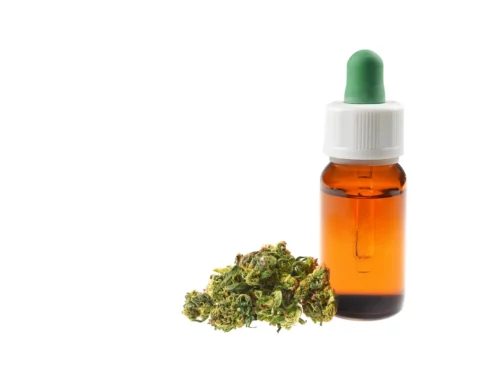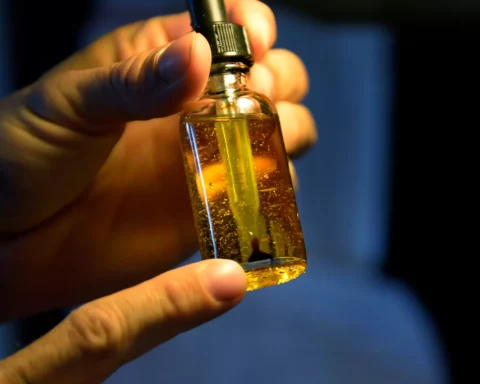CBG oil and CBD oil have proved to have various benefits such as alleviating stress and anxiety, according to consumers. Even though they are extracted from the same plant, CBG and CBD oil have some differences. CBD and CBG are very close words that can trick you when buying either of the products. This article explores some of these differences in detail. If you have ever assumed that CBG and CBD oils are the same, keep reading to understand the difference.
What is CBG oil?
Cannabigerol or CBG is a compound extracted from hemp plants before flowering. Beyond the flowering stage, there is no CBG in the plant and if there is then it will affect the levels of THC and CBD. CBG is extracted through a chromatography process that uses solvents like CO2 and ethanol to extract the CBG. Hemp plant materials are dissolved in the solvent to extract CBG and terpenes. The solvent is evaporated to leave a high-quality CBG. The extracted CBG is mixed with carrier oil to make CBG oil.
Differences Between CBG oil and CBD oil
The common difference between CBG oil and CBD oil is that CBG is extracted from blooming hemp plants, while CBD oil is extracted from a mature hemp plant. This short period of blooming leads to fewer CBG products in the market. CBG and CBD bind with the endocannabinoid system differently. CBG interacts with CB1 and CB2 receptors, while CBD interacts with CB2 receptors only. This makes CBG oil more effective because they increase transmission between the receptors. Brierley, et al. (2016)suggests that CBG oil increases appetite, while Anciones & Gil‐Nagel, (2020) show that CBD oil decreases appetite.
Uses Of CBD Oil And CBG Oil
Alleviating Pain and Inflammation
According to Boyaji, Shafik, et al. (2020),CBG binds CB1 and CB2 receptors to strengthen the function of anandamide, unlike CBD which only binds with the CB2 receptors. CBG also has anti-inflammatory properties. Normally the CB1 receptors send signals from the brain, and the CB2 receptors receive the signals in the body organs; by binding with CB2 receptors, CBD slows down the breaking of anandamide.
Relieving Anxiety and Depression
According to García-Gutiérrez, et al. (2020),CBD oil relieves anxiety and depression by affecting serotonin levels. Serotonin is responsible for body functions like mood. High serotonin means less anxiety and depression.
Antidepressants
Biegon, Anat, and David Samue (1980) suggest that CBD affects serotonin levels. CBG oil helps in anxiety and depression by inhibiting gamma-aminobutyric acid, which is responsible for blocking the brain’s ability to process specific signals like anxiety, thus elevating mood, reuptake.
CBD oil is used in beauty products like CBD creams and body lotions. CBD is an antioxidant that helps the body reduce free radicals like collagen fiber. CBD and CBG have an anti-inflammatory effect and encourage sebum production by regulating the oil glands. When optimal levels of sebum are reached one has clear and smooth skin. There is also a reduced risk of skin conditions like eczema and psoriasis.
Glaucoma is the leading cause of blindness in older adults. A review by MacMillan, et al. (2019) shows that CBG oil or CBD oil help in managing the condition. Cannabinoids lower the intraocular pressures. Although this will not heal glaucoma, it makes it more manageable.
How to Take CBG Oil
Taking CBG oil follows the same route as taking CBD oil because the CBG binds with the ECS receptors that CBD oil does bind with. You can take CBG oil as a tincture through sublingual administration. Placing CBG oil under the tongue for 30 to 60 seconds is the most efficient way to take CBG oil since the sublingual layer is full of capillaries that allow faster diffusion into the bloodstream. CBG oil comes in different flavors like cinnamon and mint chocolate that mask the CBG oil taste.
CBG oil can also be ingested by adding the oil to snacks and drinks. Adding CBG oil to foods and drinks can be direct when they are already cooked or while you are cooking them. You can add CBG oil to drinks like coffee, smoothies, and cocktails. The common snack to add CBG oil is cookies. However, cooking with CBG oil should be done at low temperatures because the main components in CBG will evaporate at high temperatures.
Inhalation is another way to take CBG oil by using CBG vape oil and spray. Vaping and smoking CBG are growing in popularity because they produce little smoke, and taking CBG oil this way delivers rapid effectiveness.
Consumers can use CBG oil as a topical. This involves applying CBG oil directly on the affected area’s skin for absorption. This is the most effective method for taking CBG oil for pain and inflammation and skincare.
Taking CBG Oil and CBD Oil Together
CBG oil directly binds with the ECS receptors, and CBD stimulates the enzyme that produces the body’s endocannabinoids. When taken alone, CBD oil makes one feel energized, and CBG oil causes drowsiness, but they balance each other when taken together. Consuming CBG oil and CBD oil together increases their effectiveness.
Conclusion
It is easier to confuse CBD oil with CBG oil. When buying a CBG oil or CBD oil product, it’s best to check its lab results to get the right product. You can equally buy direct from the manufacturer to get high-quality products. New CBD oil and CBG oil users, or those who want to experience the entourage effect, start with a small dose and increase it with time.
References
Anciones, C., & Gil‐Nagel, A. (2020). Adverse effects of cannabinoids. Epileptic Disorders, 22, S29-S32.
Biegon, A., & Samuel, D. (1980). Interaction of tricyclic antidepressants with opiate receptors. Biochemical pharmacology, 29(3), 460-462.
Brierley, D. I., Samuels, J., Duncan, M., Whalley, B. J., & Williams, C. M. (2016). Cannabigerol is a novel, well-tolerated appetite stimulant in pre-satiated rats. Psychopharmacology, 233(19), 3603-3613.
Boyaji, S., Merkow, J., Elman, R. N. M., Kaye, A. D., Yong, R. J., & Urman, R. D. (2020). The role of cannabidiol (CBD) in chronic pain management: an assessment of current evidence. Current pain and headache reports, 24(2), 1-6.
García-Gutiérrez, M. S., Navarrete, F., Gasparyan, A., Austrich-Olivares, A., Sala, F., & Manzanares, J. (2020). Cannabidiol: a potential new alternative for treatingencouragedepression, and psychotic disorders. Biomolecules, 10(11), 1575.
MacMillan, K., Keddy, A., & Furlong, J. (2019). Cannabis and glaucoma: A literature review. Dalhousie Medical Journal.
- Bell Peppers 101: Nutrition Facts and Health Benefits - April 19, 2024
- Products That Assist with Stress Relief - September 21, 2023
- TRÈFLE – THE ROAD TO THE 15TH - July 29, 2023









